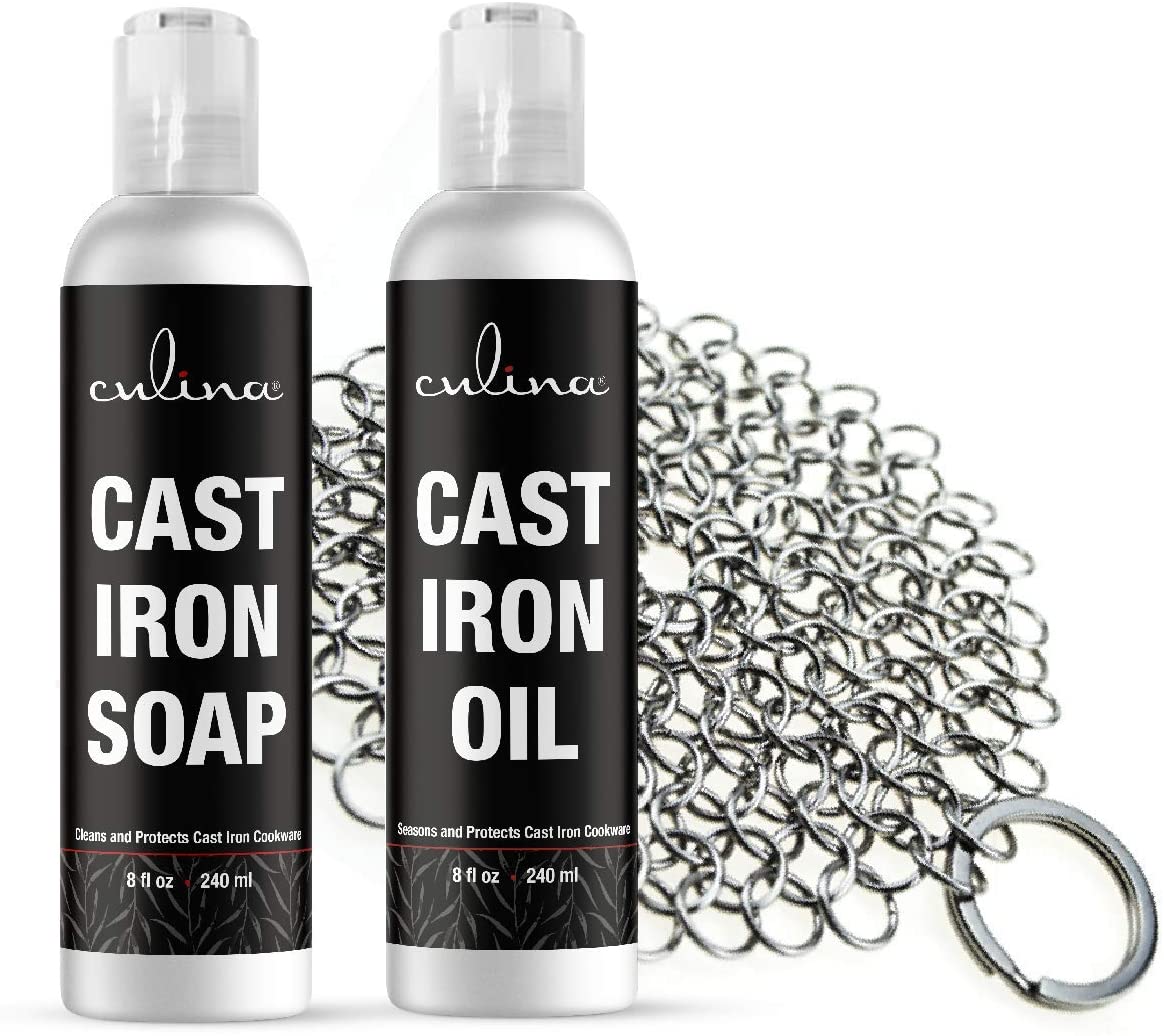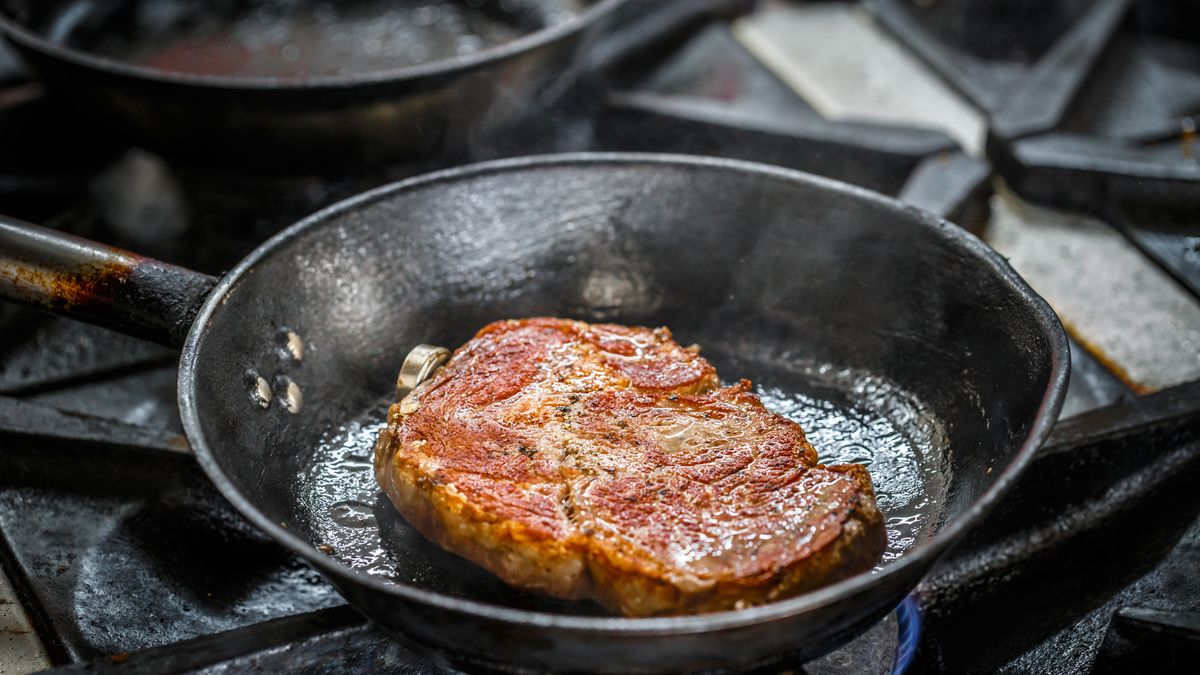Cooking is both an art and a science, and the tools you use have a tremendous impact on your culinary creations. One common debate among cooking enthusiasts and professionals is the choice between a French skillet and a fry pan. Both are essential kitchen tools, but they have distinct differences and benefits. This article will explore these differences in detail to help you make an informed choice.

What is a French Skillet?
A French skillet is a specialized type of cooking pan designed for versatility. It typically has higher, sloped sides, and a wider cooking surface. These features make it ideal for various cooking techniques, including sauting, searing, and even frying. The design of a French skillet allows for easy tossing and stirring of food, which is particularly useful for dishes that require frequent movement.

What is a Fry Pan?
A fry pan, also known as a frying pan or skillet, is a flat-bottomed pan with low sides that flare out. It is one of the most common types of cookware found in kitchens. Fry pans are ideal for tasks like frying eggs, sauting vegetables, and pan-searing meats. Their design ensures even heat distribution, making them perfect for quick-cooking tasks.
Differences in Design
The primary differences between a French skillet vs fry pan lie in their design. The French skillets higher sides and wider base offer more cooking surface area and can hold more food. This makes it suitable for cooking larger quantities or preparing meals that require simmering or braising. On the other hand, the fry pans low, flared sides are better for tasks that require quick cooking and easy access to the food.
Material Matters
Both French skillets and fry pans come in a variety of materials, including stainless steel, non-stick, and cast iron. Each material has its advantages. For example, cast iron retains heat well and is excellent for searing, while non-stick coatings make for easier cleanup.

Cooking Techniques
Sauting
Sauting is a cooking method that involves cooking food quickly in a small amount of oil or butter. Both a French skillet and a fry pan can be used for sauting, but the French skillets higher sides make it easier to toss the food without spilling it.
Searing
Searing involves cooking the surface of the food at high temperatures until a browned crust forms. Cast iron French skillets are particularly well-suited for this technique because they retain heat better than most fry pans.
Braising
Braising is a long, slow cooking process where the food is first seared at high temperatures and then finished in a liquid at lower temperatures. The higher sides of the French skillet make it more suitable for this method.
Convenience and Usability
When it comes to everyday cooking, convenience is a big factor. Fry pans are generally lighter and easier to handle, making them ideal for quick tasks. However, the French skillet’s versatility makes it a one-pan solution for many cooking methods.
Size and Storage
French skillets tend to be larger and might take up more storage space in your kitchen. Fry pans, being more compact, can easily fit into smaller spaces. If you have limited kitchen space, a fry pan might be the better choice.
Maintenance
The maintenance of your cookware depends on the material. Cast iron French skillets and fry pans require seasoning to maintain their non-stick properties. Non-stick pans are easier to clean but need special care to avoid scratches.
Suitability for Different Dishes
Different types of cookware are suited for different dishes. For example, a French skillets ability to hold more food and liquid makes it ideal for stews and curries. Fry pans are better for dishes that require quick frying or sauting.
Eggs and Omelets
When it comes to cooking eggs and omelets, a non-stick fry pan is usually the go-to option. Its smooth surface and low sides make flipping eggs easier.
Casseroles and Stews
For casseroles and stews, a French skillet is better suited. Its tall sides can contain the liquid, making it perfect for slow-cooking dishes.
Cost Comparison
Cost can be a significant factor in choosing between a French skillet vs fry pan. Generally, French skillets are more expensive due to their size and versatility. Fry pans are more affordable and come in various price ranges, suitable for different budgets.
Brand and Quality
High-quality brands like All-Clad and Le Creuset offer both types of cookware with excellent durability and performance. Investing in a good quality pan can pay off in the long run, saving you money on replacements.
Expert Opinions and Reviews
Experts often recommend having both types of cookware in your kitchen. A New York Times article highlights the benefits of both a French skillet and a fry pan, emphasizing how each serves different culinary needs.
Reading reviews can also help you decide. Websites like Good Housekeeping often provide detailed reviews and comparisons to guide your purchase.
Customer Reviews
Customer reviews are invaluable when choosing between a French skillet vs fry pan. Many customers share their experiences, highlighting the pros and cons of each type. Look for reviews that mention durability, ease of use, and versatility.
User Recommendations
Based on user reviews, French skillets are often recommended for their multi-functionality. Fry pans are praised for their ease of use and quick cooking capabilities.
FAQs
Which is better for everyday use?
If you cook a variety of dishes frequently, a French skillet might be more versatile. For simple, quick meals, a fry pan is ideal.
Can I use a French skillet instead of a fry pan?
Yes, a French skillet can often serve the same purposes as a fry pan, with the added benefit of being able to handle more complex dishes.
What material should I choose?
The choice of material depends on your cooking style. Cast iron is excellent for high-heat cooking, while non-stick pans are easier to clean.
As an Amazon Associate, I earn from qualifying purchases.
